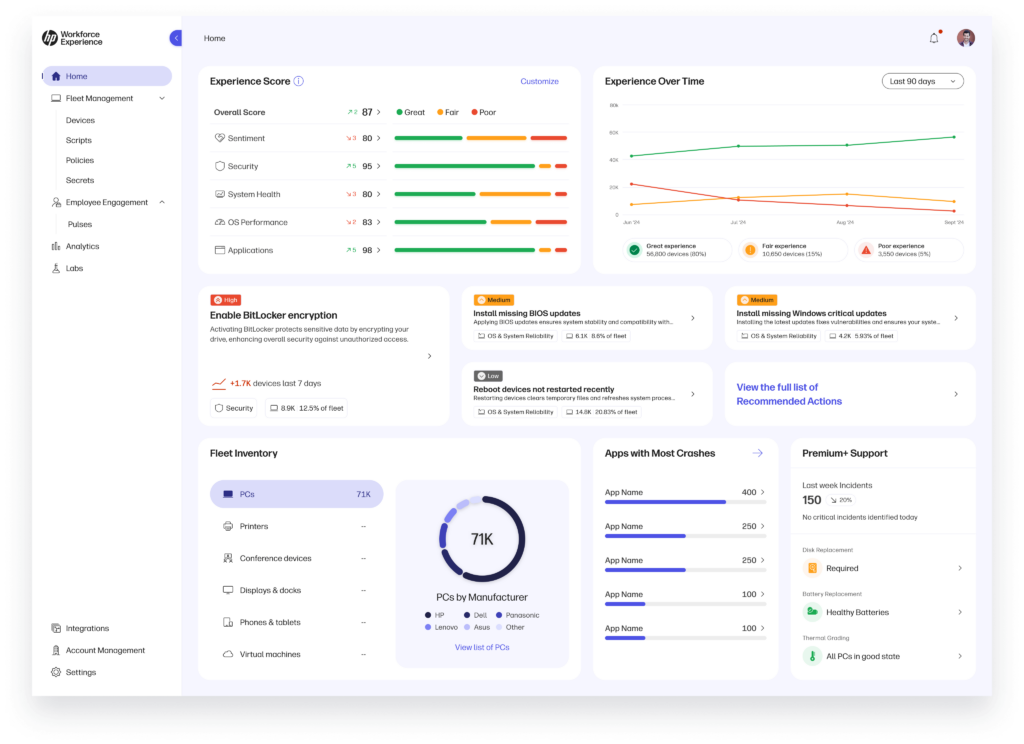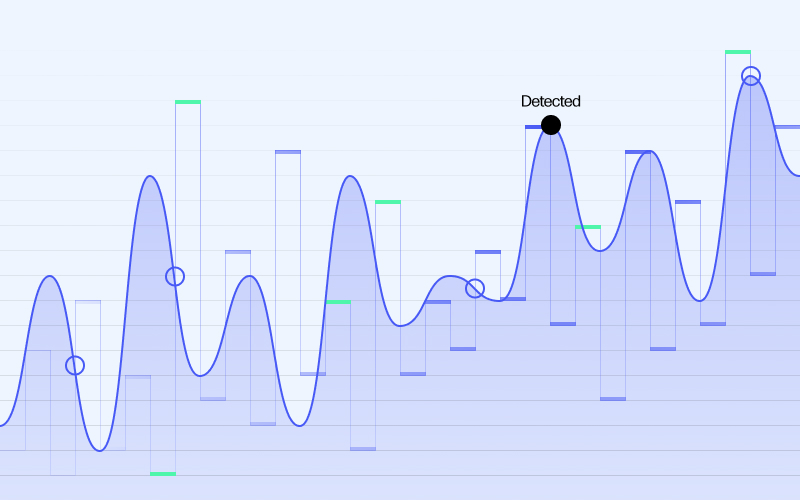Fireside Chat Recap: Shaping the Future of End-User Computing With HP Anyware

Table of contents
An engaging conversation about end-user computing and desktop virtualization with Ziad Lammam, Head of Product for HP Anyware, and Gabe Knuth, Senior EUC Analyst, Enterprise Strategy Group.
Welcome to the recap of our recent fireside chat, where Ziad Lammam, Head of Product for HP Anyware, joined Gabe Knuth, Senior Analyst of Enterprise Strategy Group, to discuss how the end-user computing space and desktop virtualization is evolving and how HP Anyware’s advanced technologies are helping to drive the evolution of the digital employee experience.
In this blog post, we’ve compiled a list of key takeaways from this insightful discussion, focusing on how enterprise businesses can navigate the complexities of hybrid work and digital transformation, deliver true employee engagement, and leverage digital workspaces to improve the digital employee experience.
Read on to learn about the strategies and virtual workspace technologies that will help shape the employee experience and the future of work.
5 Key Takeaways
1. From Teradici to HP Anyware
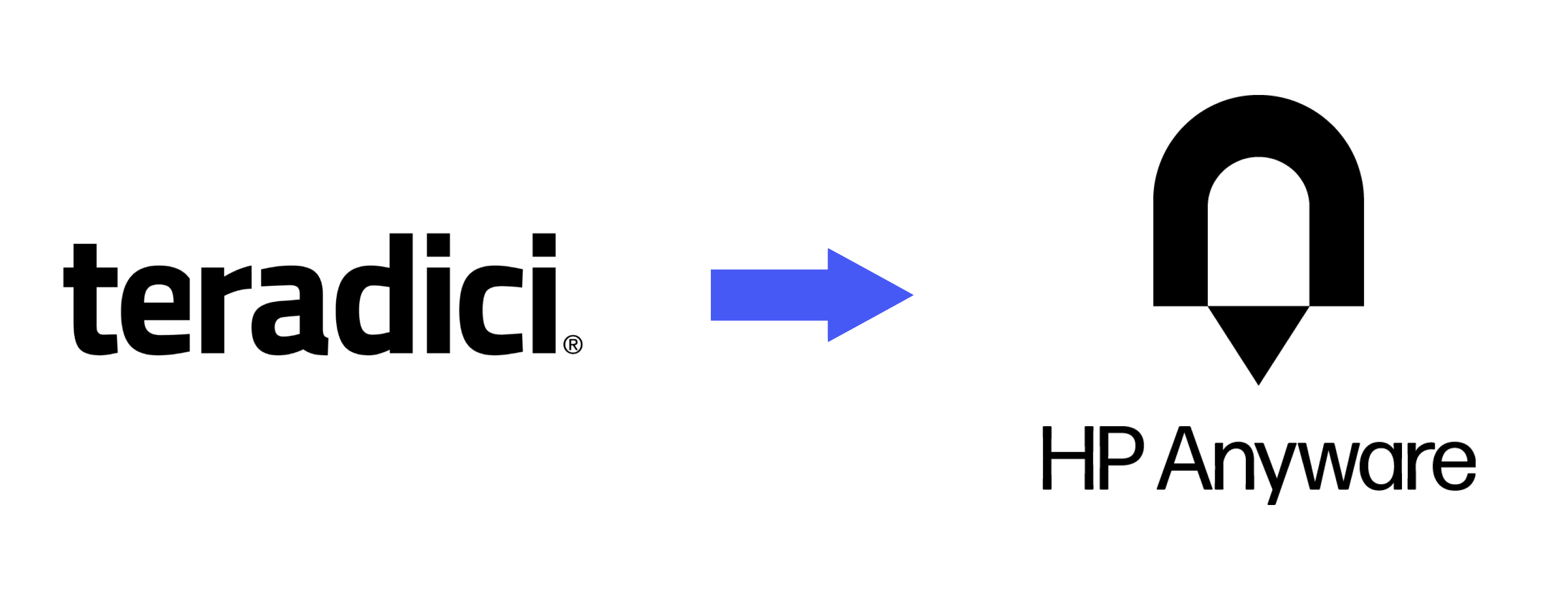
The conversation kicked off with a brief overview of how HP acquired Teradici in 2021 to create HP Anyware, a secure, high-performance remote access solution that enables users to access their digital workspaces and applications from anywhere, on any device. Ziad shared insights into his role following the acquisition and how the Teradici product line has been integrated into the company.
“When we were acquired by HP, it was really to build on that momentum of expanding into this digital workspaces ecosystem that we all live in today,” Ziad explained. He highlighted the perfect fit between Teradici’s expertise in remote computing and HP’s broader focus on workforce solutions.
Ziad also discussed the continued availability of thin clients, zero clients, and now Trusted Zero Clients from HP and the importance of offering a complete end-to-end solution to customers. By combining HP Anyware’s secure remote computing and PCoIP protocol with HP’s broad range of products and services, customers get more comprehensive and flexible end-user computing solutions, “One of the really neat things about being part of the larger HP organization is now as a larger vendor in the space, we can offer the software, the services, but also those devices.”
2. The Rise of Hybrid Work and End-User Computing
The COVID-19 pandemic accelerated a trend that was already underway: the shift towards hybrid work. Employees working both remotely and in-office have fundamentally changed the way organizations function. As Ziad pointed out, this shift has created a need for end-user computing solutions that are flexible, scalable, and secure enough to support employees working from anywhere.
Gabe emphasized the importance of these factors: “It doesn’t necessarily have to take the shape of the desktop virtualization of the past. Now we’re seeing hybrid desktop and app virtualization platforms as well. Not just desktop-as-a-service, not just on-prem, but actually a hybrid combination of the two of them. Plus, a renewed sense of importance for employee experience.”
HP Anyware is a prime example of an end-user computing solution designed to meet the demands of the hybrid workplace. As Ziad explained, “HP Anyware really is that new rebranded, evolved solution that includes that full hybrid support.” It offers flexibility in terms of infrastructure, operating systems, and device types for a wide range of needs.
3. HP Anyware Use Cases
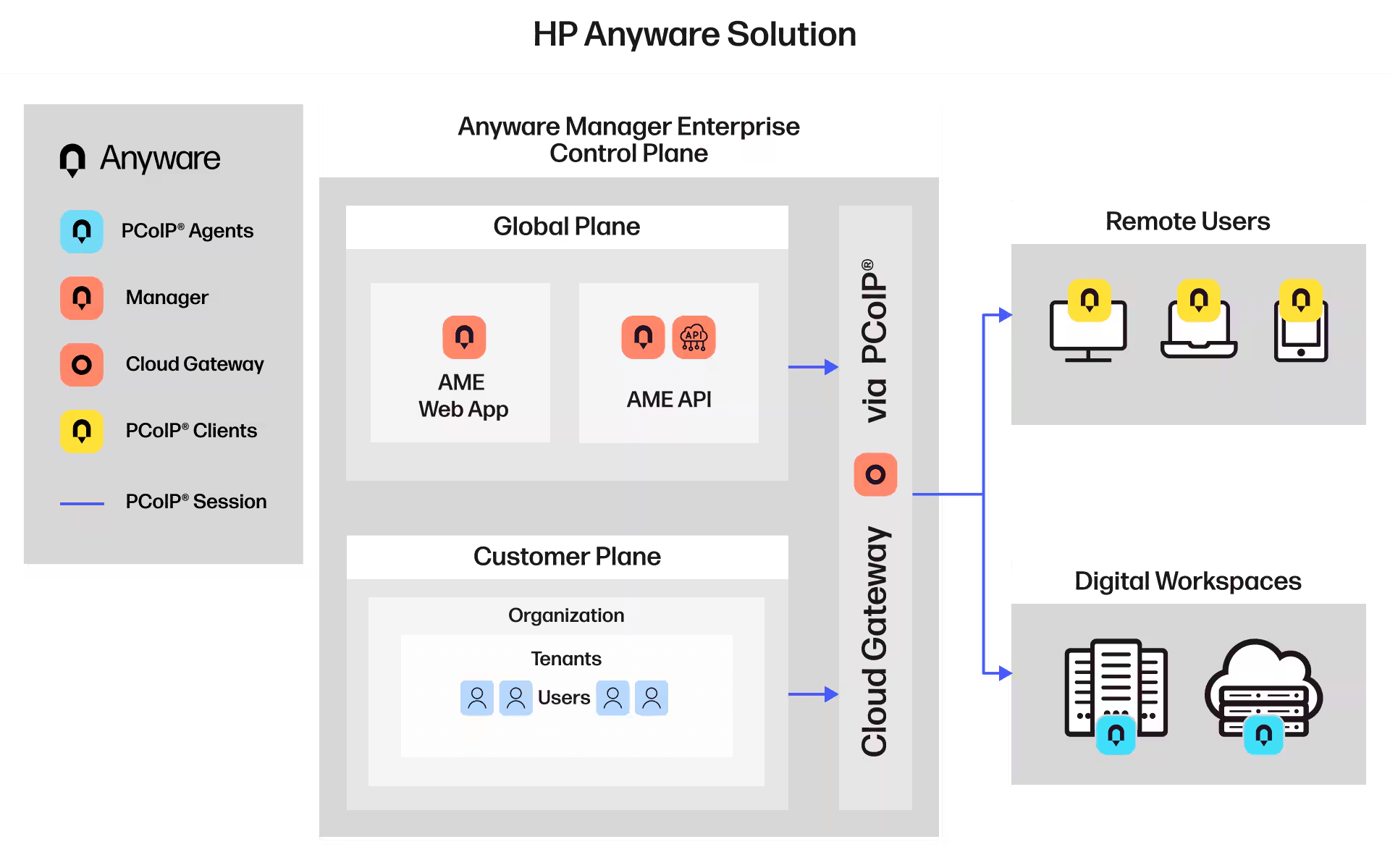
A high-level overview of the HP Anyware solution.
The pair then highlighted some of HP Anyware’s powerful use cases. HP Anyware was built to be versatile and secure across multiple verticals but it was initially known for supporting high-end graphical workloads in media and entertainment. Today, it supports office workers and enterprise users and serves a much broader range of industries across oil and gas, healthcare, federal and other public sector organizations, and much more.
HP Anyware Standard is a powerful solution for everyday workloads like office productivity applications, web browsing, and video playback for knowledge and contingent workers. Meanwhile, Anyware Manager Enterprise is a management plane that makes it fast and easy to deploy hybrid, multi-cloud virtual desktops and remote workstations across devices and networks.
According to Ziad, “We’ve evolved to offer value to enterprise users… office workers like me use HP Anyware for day-to-day work.” Organizations can seamlessly integrate cloud, hybrid, or on-prem infrastructures for greater flexibility in how they choose to work.
Other key use cases include secure onboarding of contract workers, frontline employees needing remote access, and industries with strict security requirements like government and military. As Ziad shared, “We’re heavily investing in zero trust architecture,” ensuring secure access to sensitive data, whether workers use company-issued devices or their own.
4. A Robust Partner Ecosystem
Another key takeaway from the webinar was the strength and importance of HP’s partner ecosystem. Today, there are over 250,000 channel partners with HP. This extensive network includes channel partners delivering services, as well as strategic alliances with major technology players like Microsoft, AWS, NVIDIA, and AMD, to name a few.
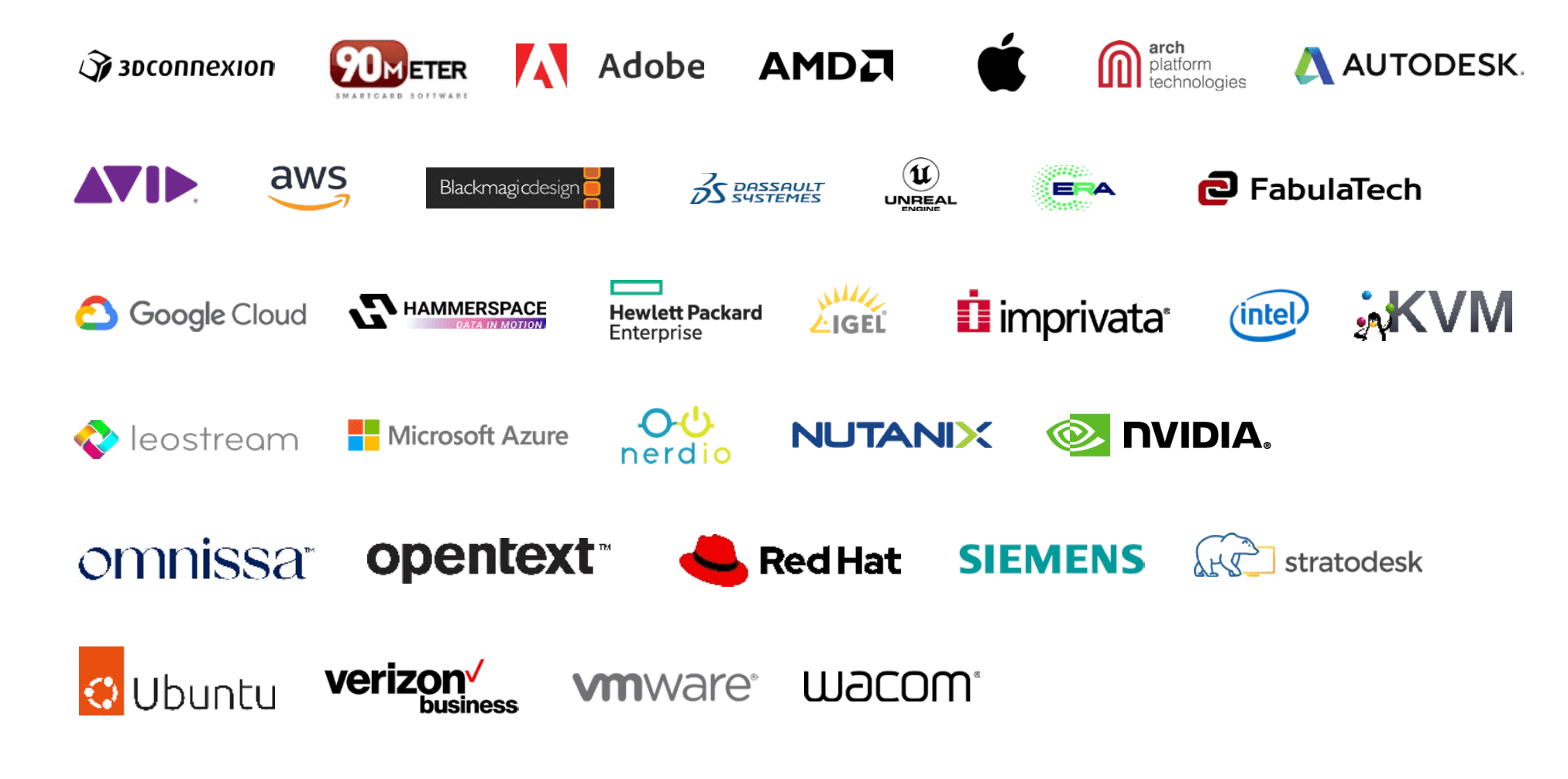
In this ecosystem, flexibility is key. Customers want the freedom to choose the solutions that work best for them. According to Ziad, “we’re really about giving you the most options, the most flexibility to access your digital workspace in the most secure fashion.”
That’s why HP’s partner strategy isn’t limited to just hardware or cloud providers. Partnerships extend into the growing demand for zero trust architectures. Channel partners and service providers play a vital role in helping organizations implement and maintain secure, scalable environments.
5. The Future of Desktop Virtualization
Windows applications are still a cornerstone of many organizations. Despite the move toward cloud-based and SaaS solutions, these legacy applications are still critical to operations.
However, Ziad pointed out the need to simplify the management of these environments. This approach ensures that critical Windows and other SaaS applications are delivered seamlessly for the best digital workspace experiences. By allowing IT teams to quickly provision or re-provision environments, companies can quickly adapt to changes without getting bogged down by the complexities of legacy applications.
Ultimately, desktop virtualization must evolve to support a modern workforce while maintaining legacy systems. Ziad emphasized, “Let’s make the manageability layer a lot easier.” The focus is on providing organizations with flexible tools that reduce the burden on IT while ensuring that users can access their apps and data—no matter the device or location.
Integrating HP Anyware Into the HP Workforce Experience Platform
With HP Anyware, HP is committed to delivering a comprehensive, end-to-end digital workspace solution. However, by integrating digital workspaces into the broader HP Workforce Experience Platform (WXP), customers have greater visibility, control, and security over their entire digital ecosystems, including virtual machines.
Boasting AI-powered analytics and intelligent recommendations, the platform encompasses device management, fleet optimization, employee engagement, digital workspaces, and more. IT teams can configure, manage, and monitor brokering of remote workstations and also optimize the end-to-end digital employee experience across any device and operating system, including PCs, Macs, printers, and collaboration equipment. The platform combines HP’s advanced telemetry and endpoint management capabilities with AI-powered functions, enabling organizations to unlock the full potential of their workforce.
If you want to learn more about HP Anyware or the HP Workforce Experience Platform, we’d love to speak with you! Simply sign up for a demo and a member of our team will reach out.
Watch the Full Fireside Chat Here
HP Workforce Experience Platform¹ is a comprehensive and modular digital employee experience solution that enables organizations to optimize IT for every employee’s needs.
Subscribe to our blog or schedule a consultation with our team to begin optimizing your IT capabilities today.
¹At launch, some advanced features require a subscription.
From the blog
The latest industry news, interviews, technologies, and resources.
Observe, Communicate, Execute: A Contingency Playbook for Microsoft Teams and Zoom Outages

Unlocking Outlier Detection Across the Digital Employee Experience
What Is the IT Asset Lifecycle? How to Maximize ROI from Your IT Investments

